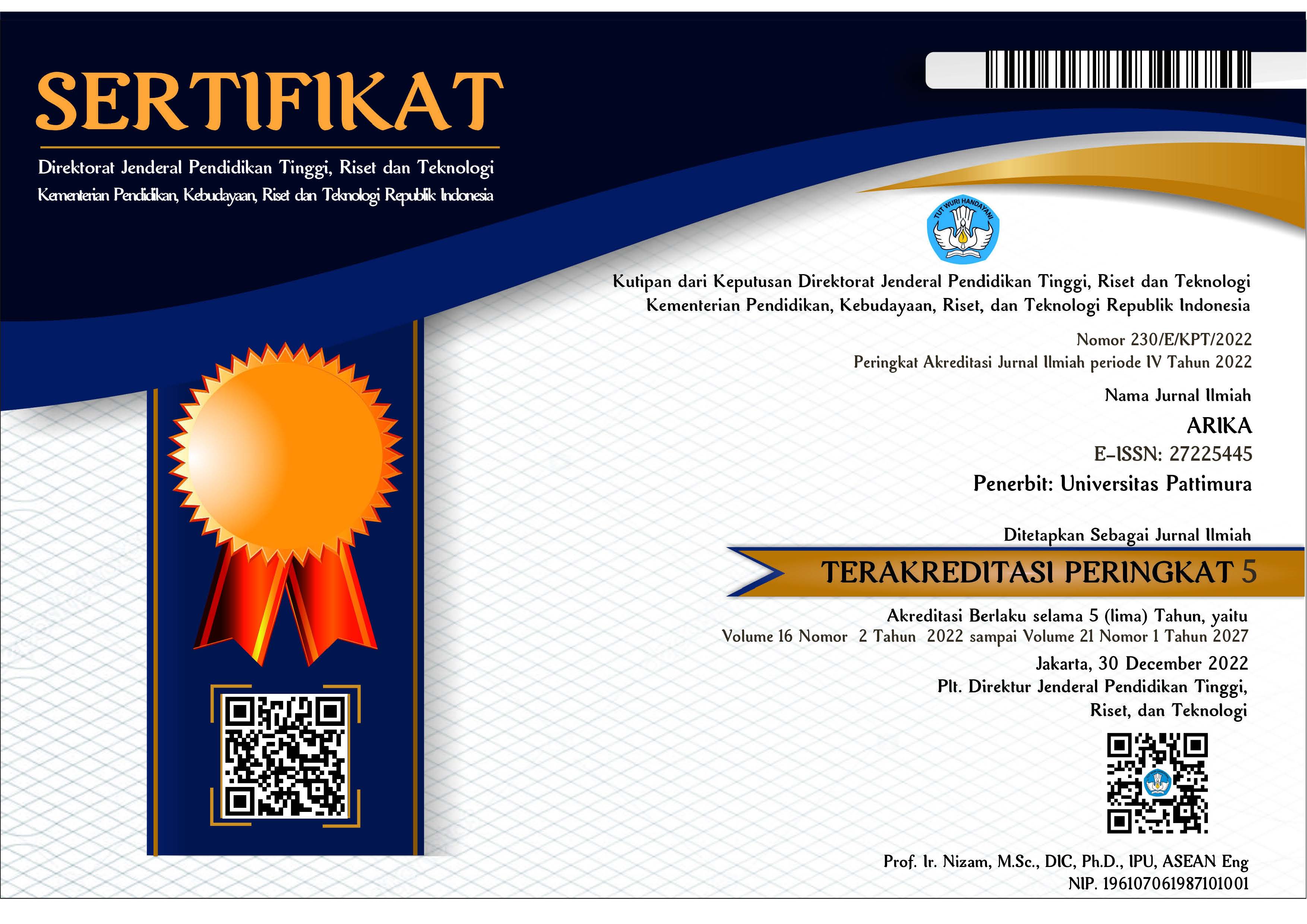Laju Aliran Massa Air Pendingin Yang Diperlukan Dan Laju Perpindahan Panas Dari Refrigeran Ke Air Pendingin
Abstract
The inner tube made a couple of turns inside the shell to increase the heat transfer area, thus the rate of heat transfer. The first, the entire heat exchanger was selected as control volume, Q became zero, since the boundary for this case lay just beneath the insulation and little or no heat crossed the boundary, The second, one of the fluids was selected as the control volume, then heat would crossed this boundary as it flew from one fluid to other and Q would not be zero. Refrigerant -12 was to be cooled by water in a condenser. The refrigerant entered the condenser with a mass flew rate of 5,5 kg/min at 0,9 MPa and variety of temperature 600 - 80 0C and leaved at variety 250 - 45 0C. The cooling water entered the condenser at 295 kPa and variety of temperature 50 - 25 0C and leaved at variety 150 - 35 0 C. The mass flew rate of the cooling water requireded was variety 20.9 - 20.31 kg/min ( decreased ). The heat transfer rate from the refrigerant to water was variety of 878 - 848,75 kJ/min ( decreased ).
Downloads
An author who publishes in the ARIKA Jurnal agrees to the following terms:
- The author retains the copyright and grants ARIKA journal the right of first publication of the work simultaneously licensed under the Creative Commons Attribution-ShareAlike 4.0 License that allows others to share the work with an acknowledgment of the work's authorship and initial publication in this journal.
- The author is able to enter into separate, additional contractual arrangements for the non-exclusive distribution of the journal's published version of the work (e.g., post it to an institutional repository or publish it in a book) with the acknowledgment of its initial publication in this journal.
- The author is permitted and encouraged to post his/her work online (e.g., in institutional repositories or on their website) prior to and during the submission process, as it can lead to productive exchanges, as well as earlier and greater citation of the published work (See The Effect of Open Access).










